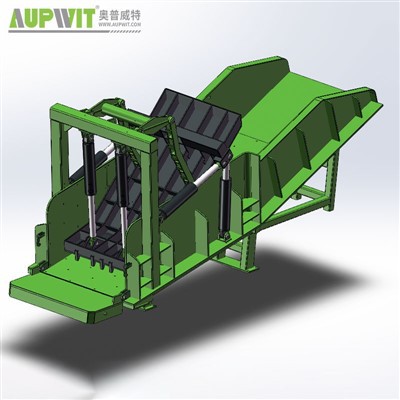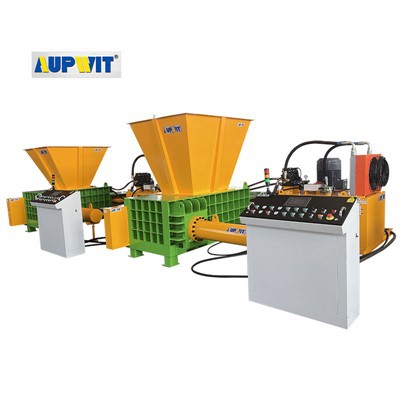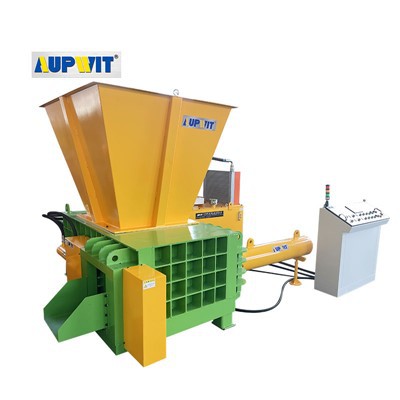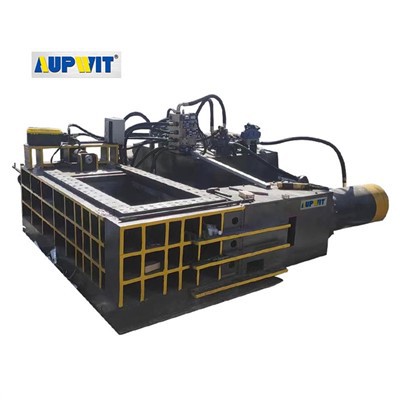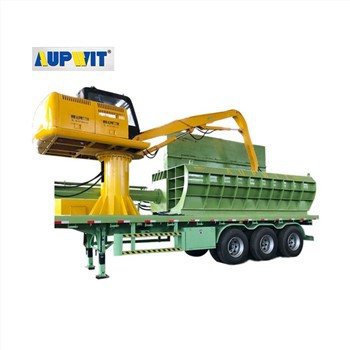Hydraulic Mobile Car Baler
Maximum weight capacity depends on multiple interrelated factors that vary across different models and designs
Hydraulic System
Balers with more robust hydraulic mechanisms, including larger cylinders and higher-pressure pumps, are capable of handling heavier vehicles. The hydraulic system's ability to generate sufficient force directly correlates to the weight it can manage.
Structural Design
Chambers made from thick, high-strength steel can withstand the pressure exerted by heavier cars, preventing deformation or damage during the compression process. The structural design of the baler's compression chamber plays a key role.
Mobility Components
Balers built with reinforced chassis and heavy-duty mobility parts can accommodate heavier cars, as they provide stable support during compression. Their chassis, tires, and support structures must be able to bear the weight of the vehicle being processed.
Key Factors Determining Capacity
- Hydraulic system strength and specifications
- Compression chamber design and material strength
- Chassis reinforcement and structural integrity
- Mobility components and weight distribution
- Intended application and operational environment
- Manufacturer's engineering specifications
- Types of vehicles commonly processed
- Safety factors and performance margins
In Summary
The maximum car weight a Hydraulic Mobile Car Baler can handle is shaped by its hydraulic strength, structural design, mobility components, and intended use. By evaluating these factors and referencing manufacturer guidelines, operators can select a baler that meets their specific weight-related requirements.


